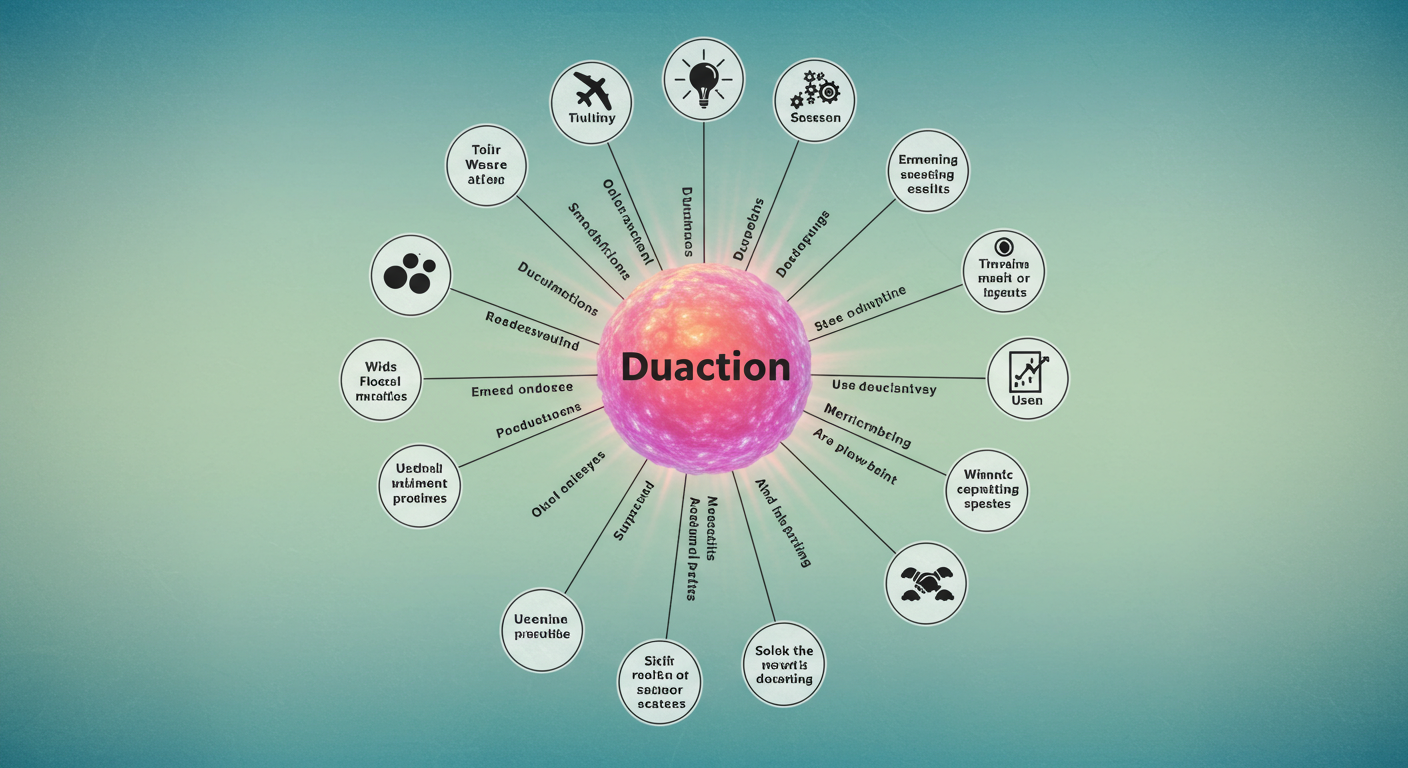The term duaction has recently gained attention in different fields such as productivity, education, and technology. Although the word itself may appear unusual, its essence lies in combining “dual” and “action,” meaning the ability to perform or handle two actions simultaneously with focus and efficiency. In today’s fast-paced world, duaction is more than just a trendy concept—it is a practical skill that helps people manage work, studies, and personal goals effectively.
In this article, we will break down what duaction means, how it can be applied in different areas of life, and why adopting it can significantly improve performance and decision-making.
What is Duaction?
At its core, duaction refers to the practice of balancing two actions at once without losing efficiency in either. Unlike multitasking, which often reduces focus and output, duaction emphasizes balance, prioritization, and intentional performance of two important tasks.
For example, a student practicing duaction may revise notes while also preparing a presentation. Similarly, a professional may brainstorm project ideas while also reviewing reports. The main principle is not about doing many things at once but about effectively combining two meaningful tasks.
The Importance of Duaction in Modern Life
In today’s world, distractions are everywhere. Social media, constant notifications, and heavy workloads make it challenging to stay focused. This is where duaction plays a role. It teaches individuals how to:
-
Prioritize effectively between two essential tasks.
-
Maintain focus without being overwhelmed by too many responsibilities.
-
Achieve balance in work, study, and personal commitments.
-
Improve time management by maximizing output within limited hours.
Duaction is not about overloading yourself—it’s about smartly managing two purposeful actions that complement each other.
Duaction in Education
One of the most common areas where duaction proves valuable is education. Students often juggle multiple subjects, assignments, and extracurricular activities. Practicing duaction helps them manage two core tasks—like reading while taking notes, or preparing for exams while engaging in discussions.
By applying duaction, students can:
-
Improve retention of information.
-
Strengthen comprehension skills.
-
Balance academic and personal growth.
This approach fosters deeper learning and reduces stress during high-pressure academic seasons.
Duaction in the Workplace
For professionals, duaction is a vital skill. Employees and managers constantly face tight deadlines and multiple responsibilities. Practicing duaction in the workplace means handling two key priorities without sacrificing quality.
For example:
-
A marketer analyzing data while simultaneously drafting campaign ideas.
-
A manager conducting team check-ins while reviewing project performance.
This approach improves problem-solving, encourages innovative thinking, and enhances productivity in competitive business environments.
Duaction vs. Multitasking
It is essential to understand the difference between duaction and multitasking.
-
Multitasking involves juggling multiple unrelated tasks, often leading to stress and reduced focus.
-
Duaction, on the other hand, is intentional, involving two carefully chosen actions that complement each other.
This distinction makes duaction more effective, sustainable, and less overwhelming compared to multitasking.
Benefits of Practicing Duaction
Adopting in daily life comes with several benefits, including:
-
Improved Productivity – By focusing on two meaningful actions, you achieve more in less time.
-
Better Decision-Making – Duaction encourages analyzing two aspects of a situation at once, leading to smarter choices.
-
Reduced Stress – Unlike multitasking, duaction lowers pressure by keeping goals manageable.
-
Enhanced Creativity – Combining two actions often sparks new ideas and innovative solutions.
-
Stronger Time Management – It allows individuals to balance professional and personal responsibilities efficiently.
Practical Tips to Develop Duaction Skills
Building the habit of requires practice and consistency. Here are some strategies:
-
Prioritize Tasks – Choose two important actions instead of trying to handle many.
-
Stay Organized – Use planners, apps, or journals to track progress.
-
Set Time Limits – Allocate specific periods to maintain balance.
-
Avoid Distractions – Turn off unnecessary notifications while practicing duaction.
-
Review Progress – Reflect on how effectively the two actions were balanced.
By adopting these steps, anyone can integrate duaction into their lifestyle with ease.
Real-Life Examples of Duaction
-
A writer researching while drafting outlines, ensuring accuracy and creativity together.
-
A student reviewing notes while teaching peers, reinforcing both personal understanding and group learning.
-
A professional attending an online training while applying concepts in real-time projects.
These scenarios show how duaction can enhance efficiency in both personal and professional life.
Future of Duaction
As technology evolves and life becomes busier, the relevance of duaction will continue to grow. Employers may start training staff in duaction strategies, while educators may introduce it as a learning method. It may even shape future productivity tools, apps, and workplace systems.
The future will belong to those who can balance efficiency and creativity—and provides exactly that advantage.
Conclusion
The concept of s more than just handling two tasks at once—it is about balance, intention, and efficiency. Whether in education, work, or personal life encourages smarter time management, reduces stress, and fosters creativity. By practicing it daily, individuals can achieve higher productivity and improved decision-making.
In a world full of distractions is the bridge between focus and achievement. Embracing this skill today can unlock better opportunities for tomorrow.
